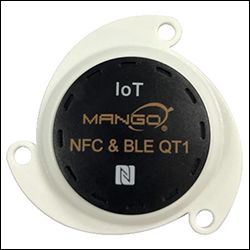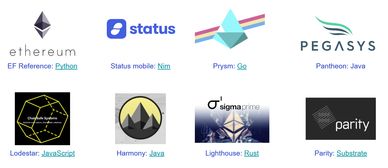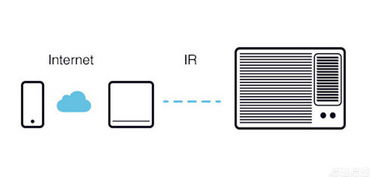Beacon Link: A Comprehensive Guide
Are you curious about the world of beacon technology and how it can revolutionize the way you interact with the physical world? Look no further! In this detailed guide, we will delve into the ins and outs of beacon link, exploring its various dimensions and applications. Whether you are a tech enthusiast, a business owner, or simply someone looking to stay updated with the latest technological advancements, this article is for you.
What is a Beacon Link?

A beacon link is a wireless technology that allows devices to communicate with each other over short distances. It operates using Bluetooth Low Energy (BLE) and is designed to be energy-efficient and cost-effective. The technology has gained significant traction in recent years, thanks to its versatility and ease of implementation.
How Does a Beacon Link Work?

A beacon link system consists of three main components: beacons, mobile devices, and an application server. Beac
ons are small, battery-powered devices that emit signals containing unique identifiers. Mobile devices, such as smartphones or tablets, detect these signals and send them to the application server. The server then processes the data and triggers specific actions or notifications based on the user’s location and preferences.
Here’s a step-by-step breakdown of how a beacon link works:
| Step | Description |
|---|---|
| 1 | The beacon emits a signal containing its unique identifier. |
| 2 | The mobile device detects the beacon’s signal. |
| 3 | The mobile device sends the beacon’s identifier to the application server. |
| 4 | The application server processes the data and triggers actions or notifications. |
Applications of Beacon Link

Beacon link technology has found numerous applications across various industries. Here are some of the most notable ones:
1. Retail
In the retail sector, beacon link technology is used to enhance the shopping experience. By detecting a customer’s location within a store, retailers can send personalized offers, discounts, or product recommendations directly to their smartphones. This not only improves customer satisfaction but also boosts sales.
2. Healthcare
Beacon link technology has the potential to revolutionize healthcare by enabling real-time patient monitoring and improving the efficiency of medical facilities. For example, hospitals can use beacons to track patients’ locations, optimize bed management, and provide timely notifications to healthcare professionals.
3. Education
In educational institutions, beacon link technology can be used to create interactive learning experiences. By integrating beacons into classrooms, educators can deliver personalized content, track student engagement, and facilitate collaborative learning.
4. Transportation
Beacon link technology can enhance the transportation experience by providing real-time information about public transportation schedules, traffic conditions, and parking availability. This can help commuters make informed decisions and save time.
5. Museums and Cultural Institutions
Beacon link technology can transform the way visitors experience museums and cultural institutions. By providing interactive content, guided tours, and personalized recommendations, beacons can make visits more engaging and informative.
Benefits of Using a Beacon Link
There are several benefits to using beacon link technology:
-
Personalization: Beac
ons enable businesses to deliver personalized content and offers to customers, enhancing their experience.
-
Real-time notifications: Beac
ons can send real-time notifications, ensuring that users receive important information at the right time.
-
Cost-effective: Beacon link technology is relatively inexpensive to implement and maintain.
-
Scalability: Beac
ons can be easily deployed and scaled to accommodate different sizes and types of environments.
Challenges and Considerations
While beacon link technology offers numerous benefits, there are also some challenges and considerations to keep in mind:
-
Privacy concerns: Users may have concerns about the collection and use of their personal data.
-
Interference: Beac
ons can

















